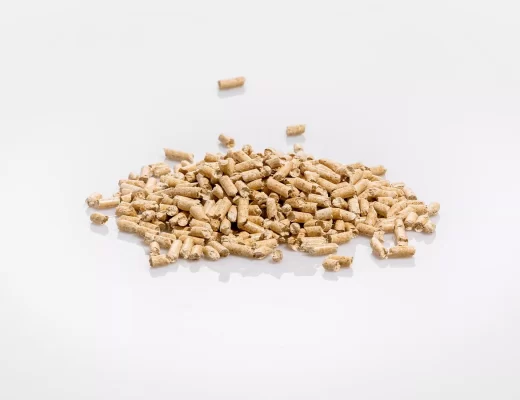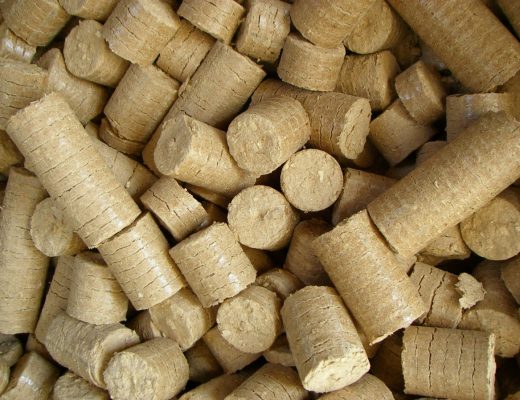When it comes to home heating and cooling solutions, an Õhk-vesi soojuspump can provide a great balance of efficiency and affordability. An air water heat pump (also known as a “reverse cycle chiller”) is a mechanical system that takes energy from the air outside your home and transfers it to either heat or cool the interior. This energy-efficient, low-cost heating and cooling solution has become increasingly popular in recent years, with many homeowners opting for this type of system over conventional systems such as furnaces or air conditioners. But how do you know which type of air water heat pump is right for you? This article will discuss the different types available, their benefits, and help you decide which one is best suited to meet your needs.
Types of Air Water Heat Pumps
There are several types of air water heat pumps on the market today. The most common ones include: ductless mini-split systems, geothermal systems, absorption chillers, evaporative coolers, and desiccant dehumidifiers. Each has its own unique features and advantages that make them suitable for different applications. Let’s take a look at each one:

1. Ductless Mini-Split System
A ductless mini-split system uses two separate units – an outdoor compressor unit connected to multiple indoor fan coils via refrigerant lines – to transfer heated or cooled air from outdoors into your home without needing any external ductwork. These systems are relatively easy to install and maintain since they don’t require any additional materials or labor other than connecting the two units together when installing them in a wall cavity or ceiling space inside your home. They’re also highly efficient – up to 40% more efficient than traditional HVAC systems – making them ideal for small spaces where space limitations don’t allow for larger central HVAC units.
2. Geothermal Systems
Geothermal systems use underground loops filled with a liquid solution like propylene glycol that absorbs naturally occurring thermal energy from deep within the earth’s core before transferring it back indoors through a series of pipes running between the roof and basement/crawlspace areas beneath the house (in some cases). While these systems tend to be more expensive than traditional HVACs due to installation costs associated with digging up soil around your property for pipe installation, they’re much more energy efficient – sometimes up to 500% more so than conventional HVACs! – making them well worth considering if you live in an area with year-round mild temperatures with plentiful geothermal energy sources.
3. Absorption Chillers
Absorption chillers use natural gas as their main fuel source instead of electricity like traditional HVACs do; this makes them ideal for homes located off-grid that don’t have access to grid power supplies but still want reliable heating/cooling performance throughout all seasons without having to worry about frequent fuel deliveries/refills during winter months when demand is highest (which can be costly!). Furthermore, absorption chillers boast excellent operating efficiencies compared to electric models – typically achieving COP values close to 5 – meaning lower running costs over time too!
4. Evaporative Coolers
Evaporative coolers work by drawing warm outside air into their internal chambers where it passes over wetted pads containing evaporation media (usually wood shavings) before being expelled as cooler moistened air through vents located throughout the living space inside your home; this process requires significantly less power than other forms of cooling technology available on the market today – usually only using about half what an AC unit would require – resulting in lower running costs during summer months too! Additionally, evaporative coolers often come equipped with built-in humidifiers that help reduce dryness caused by overly hot weather conditions while providing additional comfort levels inside your household without consuming extra electricity consumption!
5. Desiccant Dehumidifiers
Desiccant dehumidifiers are similar in design & functionality to evaporative coolers, except instead of removing moisture from incoming warm outdoor air, they absorb moisture already present in existing indoor environments; this makes them particularly useful during the monsoon season when high humidity levels prevail indoors, leading to uncomfortable levels of stickiness & mould growth in homes due to limited air circulation preventing proper ventilation within the rooms themselves; Desiccant dehumidifiers can then step in and help restore normalcy & comfort levels quickly, while also reducing the risk factors associated with health hazards caused by excessive indoor humidity!

Choosing the right air-to-water heat pump for your home
Once you’ve considered all five types mentioned above plus any other options available on the market today such as solar powered versions etc., the next step should involve conducting thorough research into individual models/brands out there, looking closely at specific features included alongside performance ratings given out by independent testing bodies (such as AHRI etc.) before finally deciding upon the model best suited to meet both the requirements & budget limits imposed upon the selection process itself. Additionally, speaking to local experts specialising in the field may prove beneficial here too, offering invaluable advice not available elsewhere thus ensuring the best possible outcome achieved overall, whether choosing residential or commercial grade equipment alike or not!




